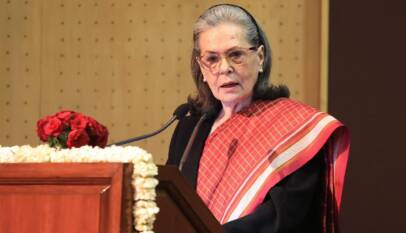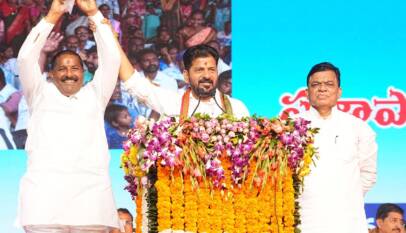Empowering Citizens Through Meri Sadak: A Revolutionary Road Feedback Service
Meri Sadak, a transformative mobile application, has emerged as a key tool in empowering citizens to provide feedback on roads across India, including those built under the Pradhan Mantri Gram Sadak Yojana (PMGSY) and Non-PMGSY roads. Available in three languages—English, Hindi, and Odiya—the application was introduced as part of the government’s Citizen Feedback system. Since its launch in 2015, Meri Sadak has significantly contributed to grievance redressal, ensuring better accountability and quality in road infrastructure development.
What is Meri Sadak?
The Meri Sadak app is designed to address grievances related to roads built under PMGSY and other non-PMGSY categories. It enables citizens to file complaints about various issues, such as:
- Pace of Work: Delays in road construction or maintenance.
- Quality of Work: Poor standards in materials or execution.
- Land Disputes: Disagreements arising due to land usage for road construction.
Citizens can submit complaints along with photographs, ensuring comprehensive feedback. The application forwards these grievances to the respective State Quality Coordinators (SQCs) within state government nodal departments, making it a seamless and efficient process.
Revamped Features: More Citizen-Friendly
In a bid to make the application more user-centric and technologically advanced, the government revamped Meri Sadak, incorporating several new features:
- Improved User Interface (UI): A cleaner, intuitive interface ensures easy navigation and usability.
- Complaint Tracking: Citizens can now track the status of their complaints through the app.
- Geo-Location Capabilities: The app auto-identifies and recommends nearby PMGSY roads based on the user’s location, district, or block.
- Interactive Citizen Section: Users can view new connectivity, upgradation works, and road progress reports in their areas. Complaints can also be submitted directly for these roads.
- Reopen Complaints: Unsatisfied with a resolution? Citizens have a 10-day window to reopen complaints.
- ‘How to Identify a PMGSY Road’: A guide that helps users distinguish PMGSY roads from others.
- ‘Find Nearby PMGSY Roads’: Locate the nearest PMGSY road with a simple tap.
- Contact Details Display: Direct access to the contact details of officials responsible for resolving specific grievances.
- Enhanced ‘My Profile’ Section: A more personalized user profile management feature.
Driving Transparency and Accountability
Meri Sadak’s interactive and transparent approach empowers citizens to actively participate in road development monitoring. Through its revamped features, the app not only addresses complaints but also enhances awareness about road projects in progress, completed, or sanctioned in the user’s vicinity.
How It Works
- Register a Complaint: Open the app, select the road type (PMGSY or Non-PMGSY), upload photos, and describe the issue.
- Monitor Redressal: Track the status directly in the app.
- Reopen If Needed: If unsatisfied, reopen the complaint within the stipulated 10-day period.
The Road Ahead
Meri Sadak exemplifies the government’s commitment to leveraging technology for citizen empowerment. By streamlining grievance redressal and fostering transparency, the app ensures improved road quality and accessibility across India. As more citizens embrace this tool, Meri Sadak will play a pivotal role in shaping a robust road infrastructure system that aligns with the aspirations of a progressive India.
Illustration: A citizen taking a photo of a road using the Meri Sadak app while accessing a live status of sanctioned road upgrades in their area on their mobile screen.
PM Modi Presents Russian President Putin with Curated Gifts Reflecting India’s Culture and Heritage
New Delhi, Dec 2025: During the two-day visit of Russian President Vladimir Putin to India…




















